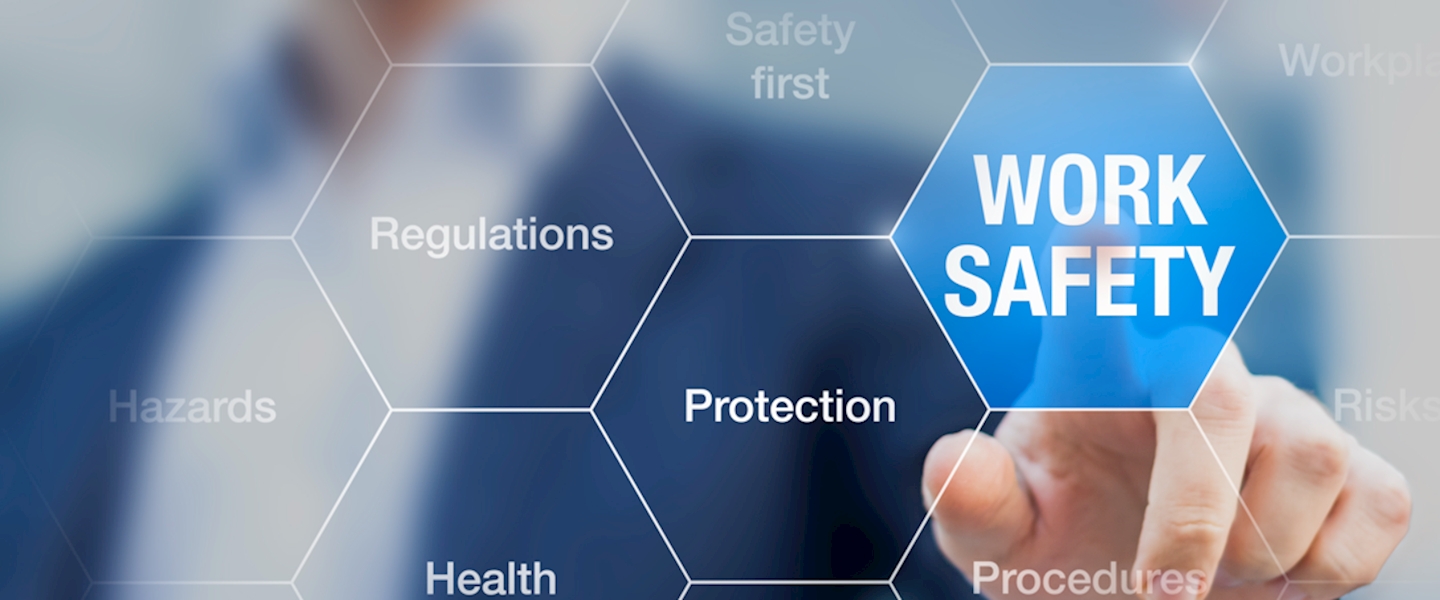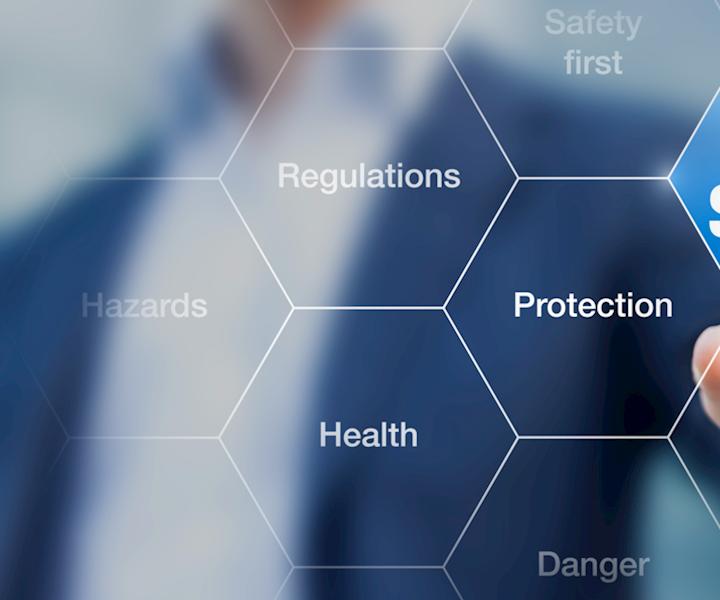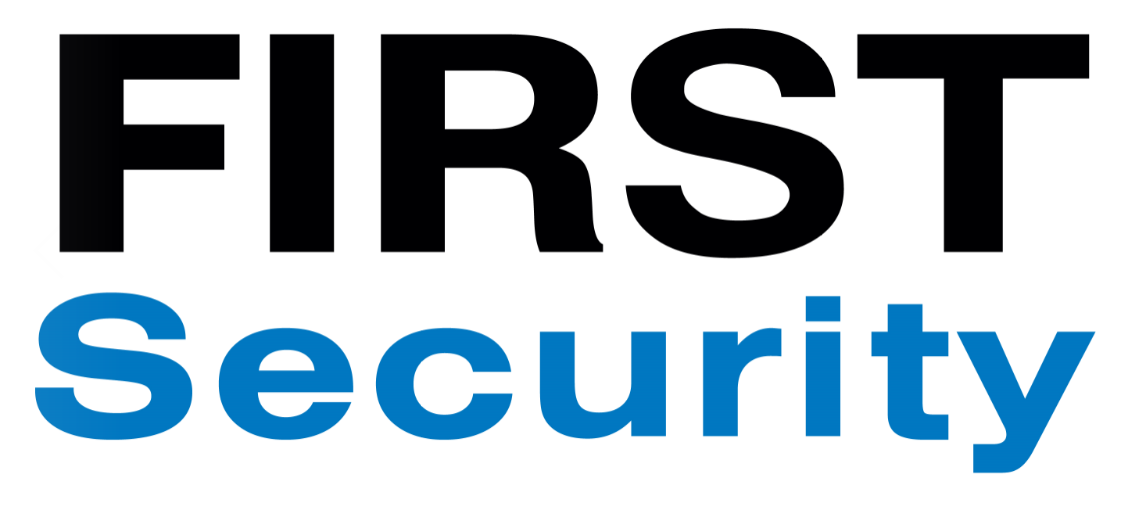Getting the health and safety of security officers right: Remote Workers


A set of guidelines recently published by the New Zealand Security Association’s (NZSA) sets out health and safety considerations in the deployment of security personnel. In this series of posts, FIRST Security’s Health, Safety & Environment Advisor Chris Naya looks at how to best protect those who are on the frontline of protecting New Zealand’s businesses
In my previous post, I explored the New Zealand Security Association’s (NZSA) Security Services in New Zealand: Good Practice Guidelines’ rather excellent guidance on the importance of situational awareness.
That post discussed why situational awareness is so important for avoiding safety incidents, and it provided ten tips for how Security Officers can improve their situational awareness in preparation for a potential survival situation, whether they are guarding a site, conducting a mobile patrol, or responding to an alarm or incident.
In this post, we look at important considerations specific to the deployment of lone and remote workers. Much of these are relevant not only for Security Officers but also for other workers deployed in remote or isolated scenarios.
Remote and isolated work
According to the Guidelines, remote and isolated work involves situations where personnel are exposed to risks because the nature or location of their work means they cannot readily summon help if injury, illness, violence or another emergency occurs while they are at work.
From the outset, it’s important to note that the Health and Safety at Work (General Risk and Workplace Management) Regulations 2016 require a PCBU to:
- manage risk with remote or isolated workers and provide a system of work that includes effective communication with these workers
- identify hazards in relation to the isolated workers and apply, review and maintain an effective hierarchy of control measures to manage this risk.
According to Worksafe’s guidance on the above regulations, if remote or isolated work is to take place, PCBUs must:
- follow a prescribed risk management process to manage risks to the health and safety of a worker who performs remote or isolated work; and
- provide a system of work that includes effective communication with workers.
Risk Management Process
Along with work involving atmospheres with the potential for fire or explosion, raised and falling objects, loose material in enclosed spaces, and substances hazardous to health, remote or isolated work involves work risks that must be dealt with using Worksafe’s prescribed risk management process.
If you haven’t already, I strongly suggest that you carefully read through Worksafe’s General risk and workplace management guidelines (Part 2), and particularly Section 2. In a nutshell, the risk management process described by these guidelines includes:
- Duty to identify hazards: PCBUs must identify hazards that could give rise to reasonably foreseeable work health and safety risks (i.e. risks that a reasonable person should anticipate);
- Hierarchy of control measures: Try to eliminate a risk if possible, otherwise minimise it by reducing its likelihood and/or potential harm. Measures can include substitution (with a lower risk activity), isolation (or people from the hazard), engineering control measures, administrative control measures, or PPE.
- Maintain effective control measures: control measures must be regularly monitored and checked to ensure that they are still managing the risk effectively. This should occur on an ongoing basis – not just when the control measure is first put in place
- Review control measures: PCBUs must review and, as necessary, revise the control measures so as to maintain, so far as is reasonably practicable, a work environment that is without risks to health and safety. Note that there are prescribed circumstances in which reviews must occur.
Communication in remote or isolated locations
The NZSA guidelines state that safe work practices should ensure regular contact and welfare checks occur between the employer/supervisor and the personnel at the remote or isolated location.
The communication system used with an isolated or remote location must be reliable, timely and effective. Given that telecommunications networks can be non-existent, poor or unreliable in many remote or isolated locations, a mobile phone is not considered an acceptable or reliable form of communication in these situations.
What constitutes an effective communication system, states the Worksafe guidance, “will also depend on the sorts of risks faced by the worker (and may need to include panic systems). A communication system that has gaps in coverage or cannot be used in an emergency is unlikely to be effective.”
Security providers must share their remote communication policy with their remotely working personnel in a timely manner. They must also ensure that their people understand the policy and consult with them on anything that affects their health and safety.
And, although it should go without saying, the NZSA guidelines rightly point out that security providers should not deploy a Security Officer to work on their own until they have:
- Successfully completed Mandatory NZQA Unit Standards 27360, 27361 and 27364; and
- Obtained their full Certificate of Approval from the Private Security Personnel Licensing Authority (PSPLA).
What’s next...
That’s it for my blog series on “Getting the health and safety of security officers right”, with thanks to the NZSA and its Good Practice Guidelines. I hope the series has been of some interest or benefit to you.
While the series may have come to an end, stay tuned for more from me on workplace and remote worker health and safety in the near future. We’ll be talking about it a lot more over coming months, so keep an eye out on LinkedIn and the FIRST Security website.
If you’d like to have a discussion about how to keep your people safe, feel free to contact me at christopher.naya@firstsecurity.co.nz

